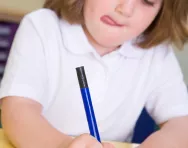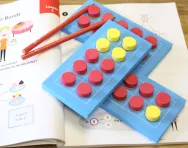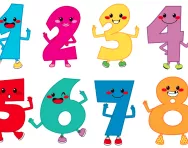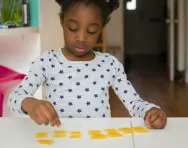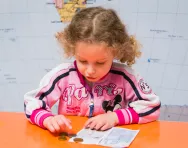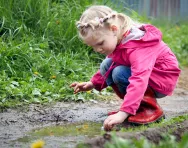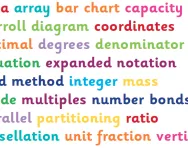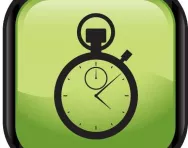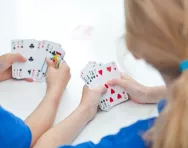Important update from TheSchoolRun
For the past 13 years, TheSchoolRun has been run by a small team of mums working from home, dedicated to providing quality educational resources to primary school parents. Unfortunately, rising supplier costs and falling revenue have made it impossible for us to continue operating, and we’ve had to make the difficult decision to close. The good news: We’ve arranged for another educational provider to take over many of our resources. These will be hosted on a new portal, where the content will be updated and expanded to support your child’s learning.
What this means for subscribers:
- Your subscription is still active, and for now, you can keep using the website as normal — just log in with your usual details to access all our articles and resources*.
- In a few months, all resources will move to the new portal. You’ll continue to have access there until your subscription ends. We’ll send you full details nearer the time.
- As a thank you for your support, we’ll also be sending you 16 primary school eBooks (worth £108.84) to download and keep.
A few changes to be aware of:
- The Learning Journey weekly email has ended, but your child’s plan will still be updated on your dashboard each Monday. Just log in to see the recommended worksheets.
- The 11+ weekly emails have now ended. We sent you all the remaining emails in the series at the end of March — please check your inbox (and spam folder) if you haven’t seen them. You can also follow the full programme here: 11+ Learning Journey.
If you have any questions, please contact us at [email protected]. Thank you for being part of our journey it’s been a privilege to support your family’s learning.
*If you need to reset your password, it will still work as usual. Please check your spam folder if the reset email doesn’t appear in your inbox.
Hands-on maths: how it could help your child
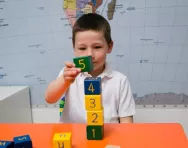
When your child is first getting to grips with number, props – including their own fingers – are an important learning tool. Pre-schoolers learn to count by using their fingers, while in Reception, children are encouraged to master one-for-one counting – counting out objects one by one and numbering each correctly.
As your child progresses through primary school, though, the emphasis shifts away from finger-counting and props towards mental maths. Children are expected to memorise all their times tables up to 12x12 by the end of Year 4, and calculators are no longer allowed in Key Stage 2 SATs. But is it essential for children to move on from counting fingers (or coins, sweets, Lego bricks…) if they’re to become competent mathematicians?
The value of hands-on maths
Finger-counting (or counting other objects) is often seen as an introductory maths skill, and a valuable first step towards mastering more complex concepts. Children can use their fingers or other visuals to count forwards and backwards, calculate ‘one more than’ and ‘one less than’ and work out sequences; there are even finger-based techniques for learning times tables.
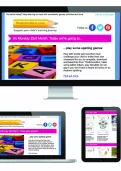
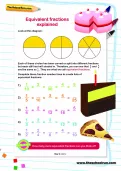
Start a unique learning programme!
- Weekly programme for each school year
- Worksheets sent direct to your inbox
- Keeps your child's learning on track
Jo Boaler, professor of mathematics education at Stanford University, author of The Elephant in the Classroom (£12.99, Souvenir Press) and founder of youcubed, agrees that fingers and other props are an important tool for children who are mastering maths. ‘Any physical manipulative can help students understand mathematics, including counting on fingers,’ she says. ‘We should celebrate them using their fingers and other manipulatives, not make them feel bad about it.’
Jo argues that visual and physical tools can be helpful long beyond the early years and can actually give your child’s learning a boost. ‘Some of the world’s top mathematicians work only visually,’ she explains. ‘The latest brain research tells us that when students think about mathematics visually, they are using different brain pathways than when they think numerically, and when they think both numerically and visually, learning increases.’
It’s not just fingers that can help your child master maths; puzzles, games and even the environment can all be used to good effect. ‘In the early years students can learn a great deal from puzzles and games like dice games,’ Jo says. ‘Any game that asks them to think logically will help develop their mathematical reasoning and understanding. Take a walk outside and discuss numbers and patterns in nature to help your child see that maths is all around them.’
Research has also confirmed the benefits of hands-on maths. Studies show that finger-counting helps children learn in a multisensory way, and that those with good finger-based maths skills are better at arithmetic and show better numerical development later on.
The drawbacks
It’s often thought that children should outgrow using their fingers and other props for maths. Many maths education experts believe that children should progress from using fingers to other structured representations (like writing out sums or drawing diagrams) and then to working maths problems out mentally.
One of the arguments against finger-counting and other hands-on strategies is that they’re less efficient than working mentally. Some people feel that the child who is counting on their fingers while their classmates are doing mental maths is likely to be left behind, and that long term, people who finger-count are unable to increase the speed at which they work.
There is also a belief that physical and visual maths techniques get in the way of children memorising number facts (such as 8 x 8 = 64). Some evidence shows that if children are used to working with their fingers or other props and are unable to use these techniques to solve a problem, they are more likely to guess – and get the answer wrong – rather than trying to work it out mentally. Plus the fact that we don’t have unlimited fingers to count on (or a bag of props with us at all times) means that the number and complexity of calculations we can work out using our hands is limited.
Should children ‘move on’ from hands-on maths?
Some children find it easy to make the shift from finger-counting to mental maths, but others prefer to continue to use physical or visual props – not just throughout school, but throughout their lives. ‘There is no set age for moving on, and a visual understanding of maths is important for students of all levels and ages,’ Jo says. ‘We don’t need children to move on; we should keep encouraging them to think about numbers in different ways.’
Pictures and props can help children to 'see' mathematical ideas – particularly abstract ones – and develop number sense, which is the foundation for all higher level maths. ‘Some students are not as good at memorising maths facts as others, and those who memorise more easily are not necessarily higher achieving,’ Jo explains. For these children, props like finger-counting and diagrams are not just useful, but essential.
Hands-on maths is not, then, something ‘for babies’ that should be outgrown. ‘It is my recommendation that students learn visually all through their maths education, and that we don’t consider visual thinking as a crutch or a mere prelude to mental maths,’ Jo adds. ‘It is important that children think visually all the time, and this will help their understanding of numbers and their mental maths.’
